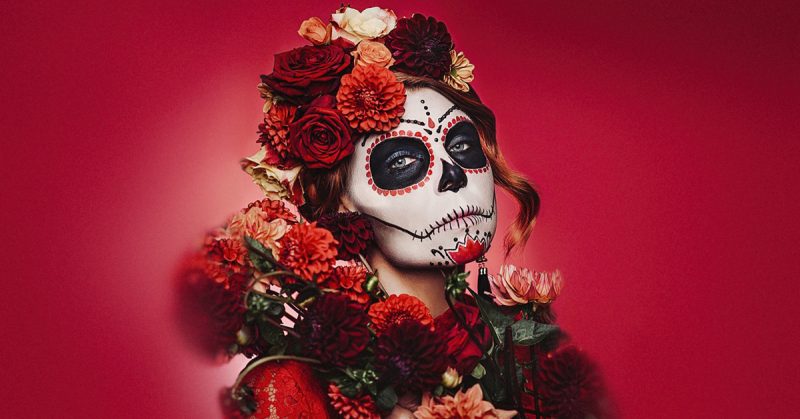The list of saints from around the world is a long one. One of them is Santa Muerte, who, although never canonized by the Catholic Church, seems to enjoy quite some followership, especially in Mexico.
Conceived on the territory of present-day Mexico, Santa Muerte is merely a “folk saint” who was largely forgotten for centuries. However, within the last two decades, her figure became associated with the world’s fastest growing religion. It’s believed that at least 10 million people worship Santa Muerte currently, and the Vatican has not been so happy about it.
Santa Muerte’s name translates to Saint Death and to the church she is nothing but an epitome of death. A number of those who worship Santa Muerte are heavily involved in crime and drug trafficking as well.
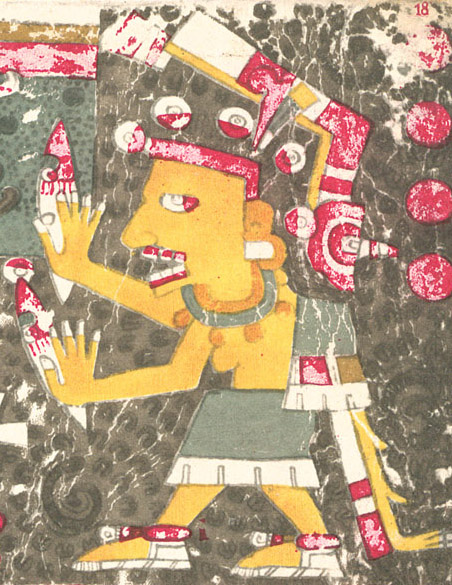
Scholars have linked Santa Muerte with the arrival of Europeans in the region some five centuries ago. Natives such as the Aztecs were introduced to the figure of the Grim Reaper, although each culture had its own deities and cults related to death and afterlife.
The Aztecs, native to the territory that is Mexico today, revered Mictecacihuatl, the “Lady of the Dead”. With her spouse who has a very similar name, Miclantecuhtl, the “Lady of the Dead” reigned over Mictlan, the last layer of the underworld.
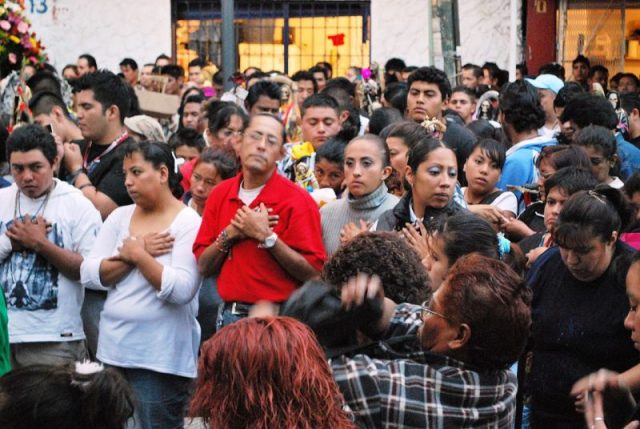
In Europe, the figure of the Grim Reaper emerged in dreadful days. The Black Death, which arrived in the 14th century, decimated European populations by the millions. Unsurprisingly, the fear of death prevailed and the Grim Reaper was the product of that fear.
There is a sentiment that Santa Muerte was fused from both Mictecacihuatl and the Grim Reaper. The representation in images is also similar. Santa Muerte has a skull instead of head and she holds a scythe.
Related Video: Mysterious Ancient Societies that Disappeared
Another theory is that Santa Muerte is a concoction of different religious views. Europeans tried to impose Catholicism to the native populations across Latin America and the new teachings mixed with local beliefs — hence Santa Muerte.
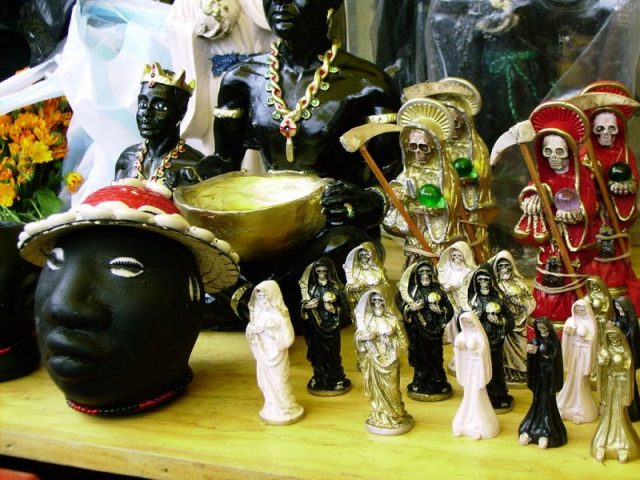
Between those old days and modernity, the figure of Santa Muerte slipped in obscurity. Temples bestowing her name perished and there is no mention in written accounts until the period after World War Two. But her recent resurgence seems to correspond with the rise of the Mexican Drug War and the consequent soaring death rates. Drug dealing and organized crime has led to unprecedented violence — both within narco circles and outside on the streets.
It was 2001 that the first modern temple honoring Santa Muerte’s name opened in Mexico City. For some devotees, Santa Muerte has meant the rebirth of Mictecacihuatl, while the Day of the Dead has been appropriated as her official festivity day. Those who participate in these celebrations dress in clothes that greatly draw inspiration from macabre themes. There is also singing, dancing, and lots of food and alcoholic beverages.
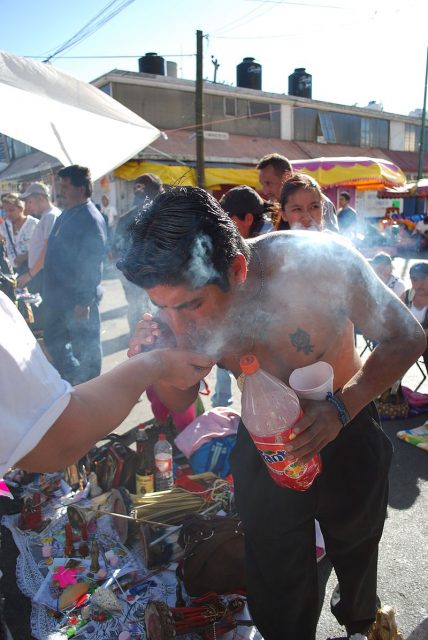
Like other religious movements, this one too tries to answer what happens after death. In this context, death is embraced, not as the end of all things but as a move towards another state of being. But there is an underlying irony that Santa Muerte’s very own “rise from the dead” can be attributed to a culture of crime and violent deaths.
More than that, some of Santa Muerte’s best worshipers are narco bosses at the core of the Mexican criminal circuits. Therefore she has gained a reputation as the “narco saint”, in spite of other devotees having no associations with anything illicit whatsoever.

The rising popularity of Santa Muerte and especially her bonding with the Day of the Dead has been rejected by the higher authorities of the Catholic Church. The Vatican has denounced Santa Muerte multiple times already. Condemnation has been sent from U.S.-based Catholic bishops as well.
Read another story from us: Dark Secrets and Scandals that have Rocked the Vatican
According to the church, fueling followership to this figure contradicts with the teachings of the church and she is perceived as satanic. A series of murders have also been connected to the worship of Santa Muerte, with Mexican authorities arresting one person on such grounds in 2012.
